Here are some tips that may be helpful for you to travel to Zambia by car:
- In Zambia, drive on the left, as in England. At first, you feel weird thinking you’re doing it wrong all the time, but you get used to it. You will also need an international driver’s license.
- Speed limits must be respected. Watch out for the police and radars, they are usually found at speed limit changes such as at the entrances of villages where speed is drastically reduced. We found them mostly on the main roads. If they ask you to stop, never forget to smile and be kind. It usually works.
- It is necessary to wear a seat belt at all times and constantly check the condition of your vehicle. Bring spare parts and make sure to adjust the wheel pressure according to the terrain where you are. Also check your car oil and coolant often.
- Look at the type of road you are driving on and thus adapt the driving mode to it.
- Be careful if you travel in the rainy season, as some areas are flooded or some roads are cut off. It is recommended to check the condition of these in advance. In Zambia, some parks are closed during the rainy season (December to April) such as North Luangwa NP and others are virtually inaccessible such as Kafue National Park, South Luangwa NP or Liuwa Plain.
- Watch out for animals that may cross the road. At night, many animals increase their activity, so we advise you to avoid traveling at night on roads in the middle of nature.
- Make sure you always go with a full tank of gas or diesel. In Zambia, there are long journeys where you can’t find a petrol station. So, even if the tank is half full, stop at the first petrol station to make sure you don’t get stuck on the road.
- It is important that you purchase a map of the country, along with GPS-enabled maps, as in many places there is no cell phone coverage. We worked very well with the MAPS.ME application. You can download the map by area or by country.
- When planning your route, don’t measure the stretches you want to do in kilometers, but the time they tell you it will take. In addition, there are routes that are sometimes difficult to find, such as crossing the north of the country to South Luangwa. For this reason, here you can see the guide we have made to make this journey.
- To get to Zambia in your own vehicle, you have to pay a 20USD Road Tax at the border crossing, which allows you to travel on the country’s roads; in addition to a Carbon Tax that will depend on the type of vehicle you are traveling with. We paid 330 kwanchas for our Toyota Land Cruiser. If you travel with a Carnet de Passage (CdP), you will also be stamped at the border without having to pay any extra costs as a temporary vehicle import concept.
- On the main roads of the country (usually listed as T), you will find different tolls along the way. Even if you have paid the Road Tax at the border, each toll must be paid 20 kwanchas per vehicle. It’s a fixed cost, regardless of the kilometers traveled and where you started driving. They only accept cash or local credit cards.

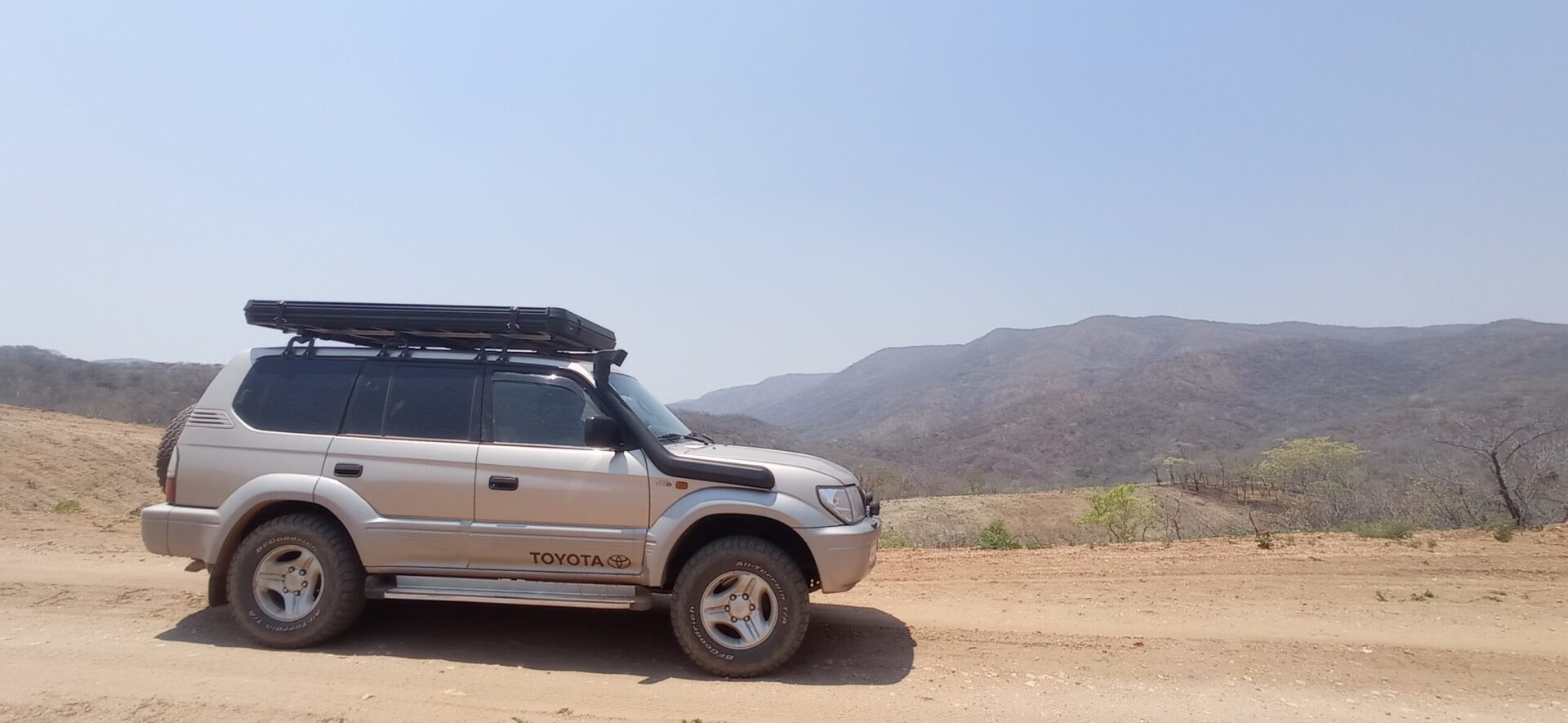
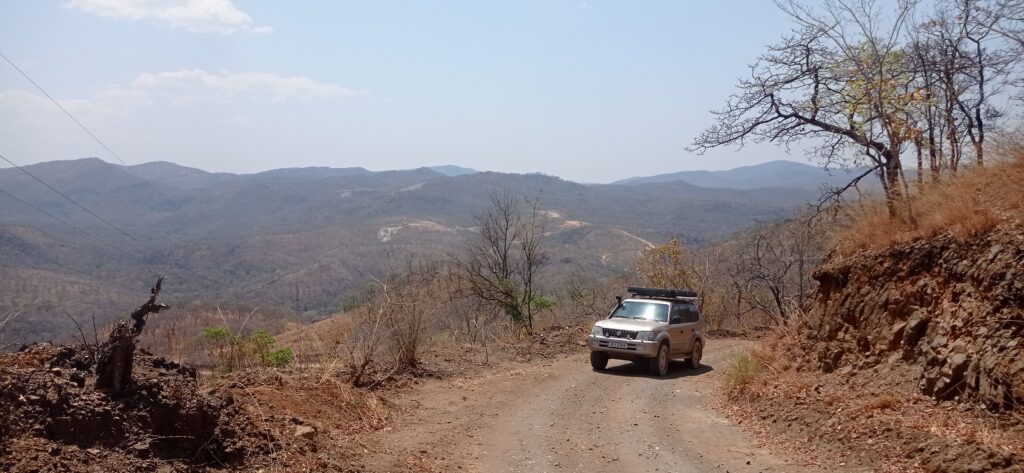
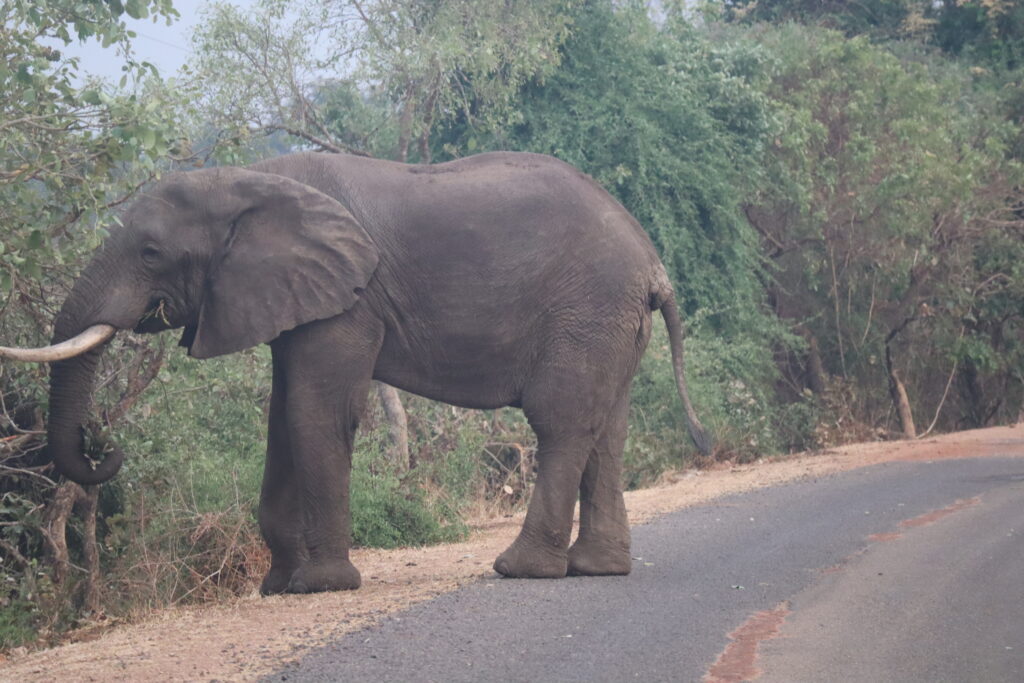
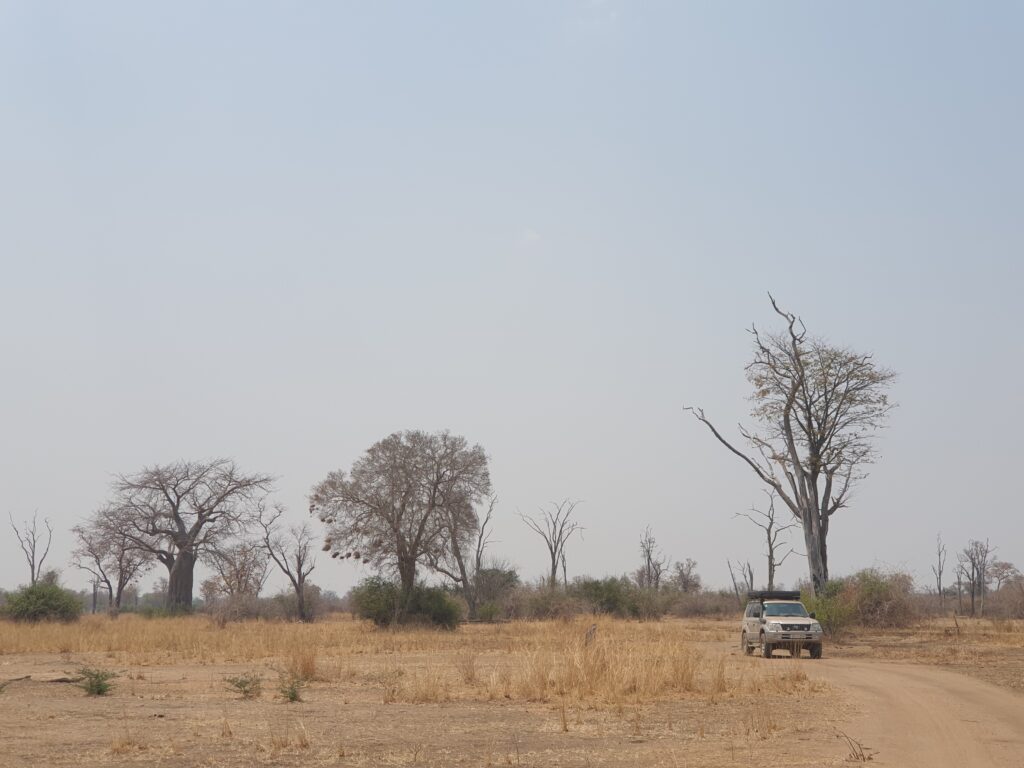

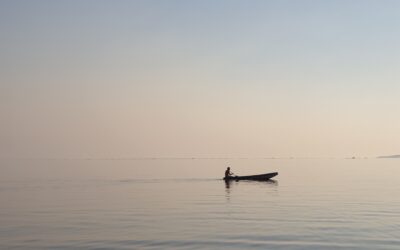
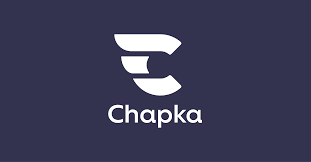
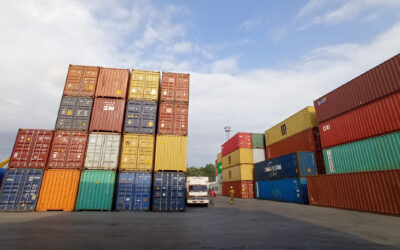
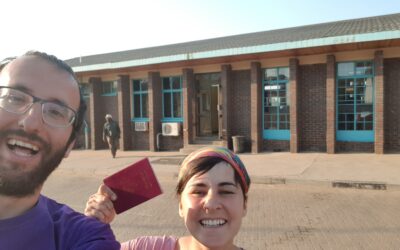

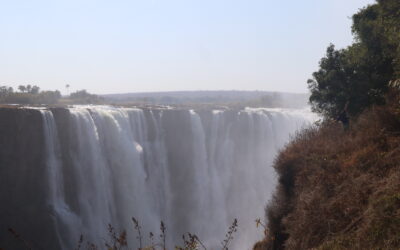
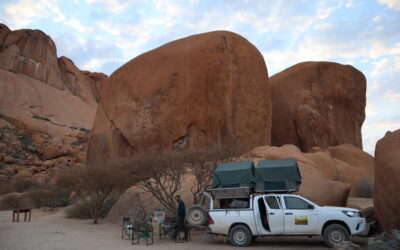
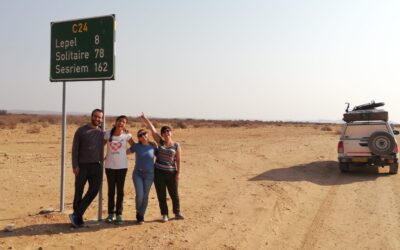
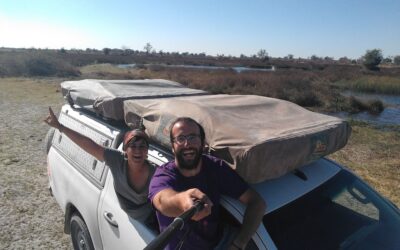
0 Comments